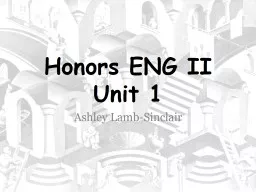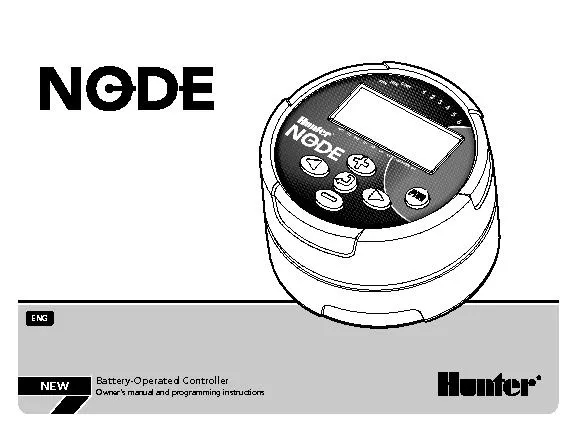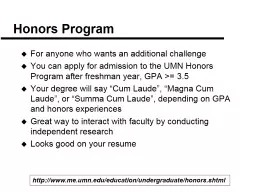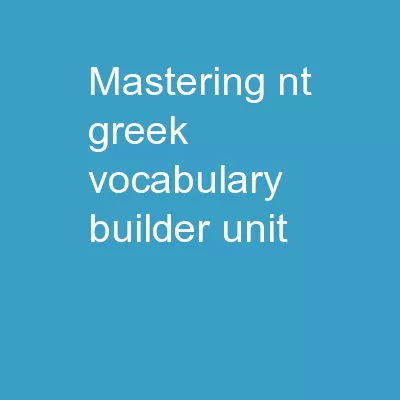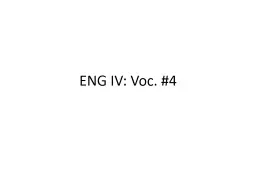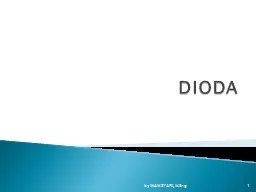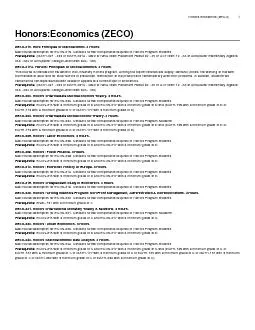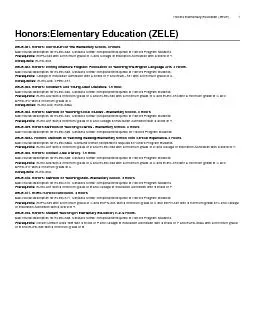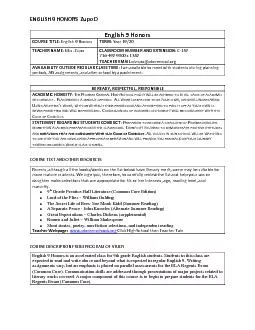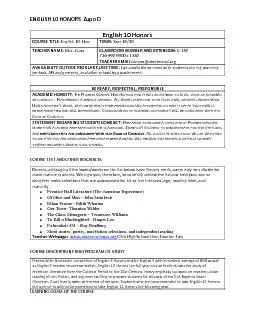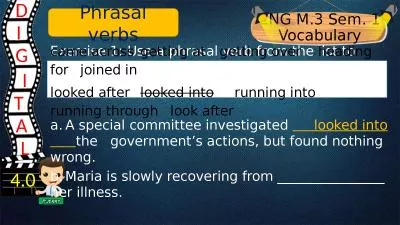PPT-Honors ENG II Unit 1
Author : cheryl-pisano | Published Date : 2019-12-06
Honors ENG II Unit 1 Ashley LambSinclair August 17 2016 WELCOME I am so glad youre here Youll notice some materials on your desk Please wait for instructions before
Presentation Embed Code
Download Presentation
Download Presentation The PPT/PDF document "Honors ENG II Unit 1" is the property of its rightful owner. Permission is granted to download and print the materials on this website for personal, non-commercial use only, and to display it on your personal computer provided you do not modify the materials and that you retain all copyright notices contained in the materials. By downloading content from our website, you accept the terms of this agreement.
Honors ENG II Unit 1: Transcript
Download Rules Of Document
"Honors ENG II Unit 1"The content belongs to its owner. You may download and print it for personal use, without modification, and keep all copyright notices. By downloading, you agree to these terms.
Related Documents

